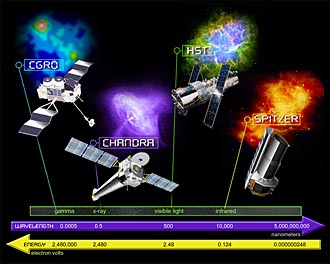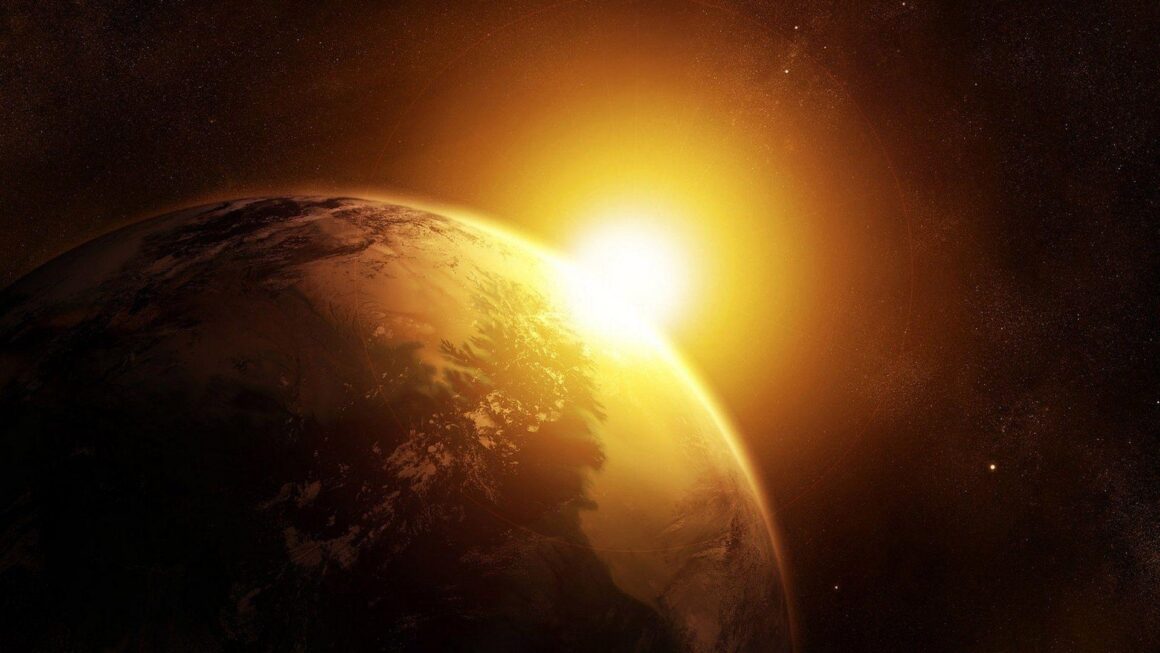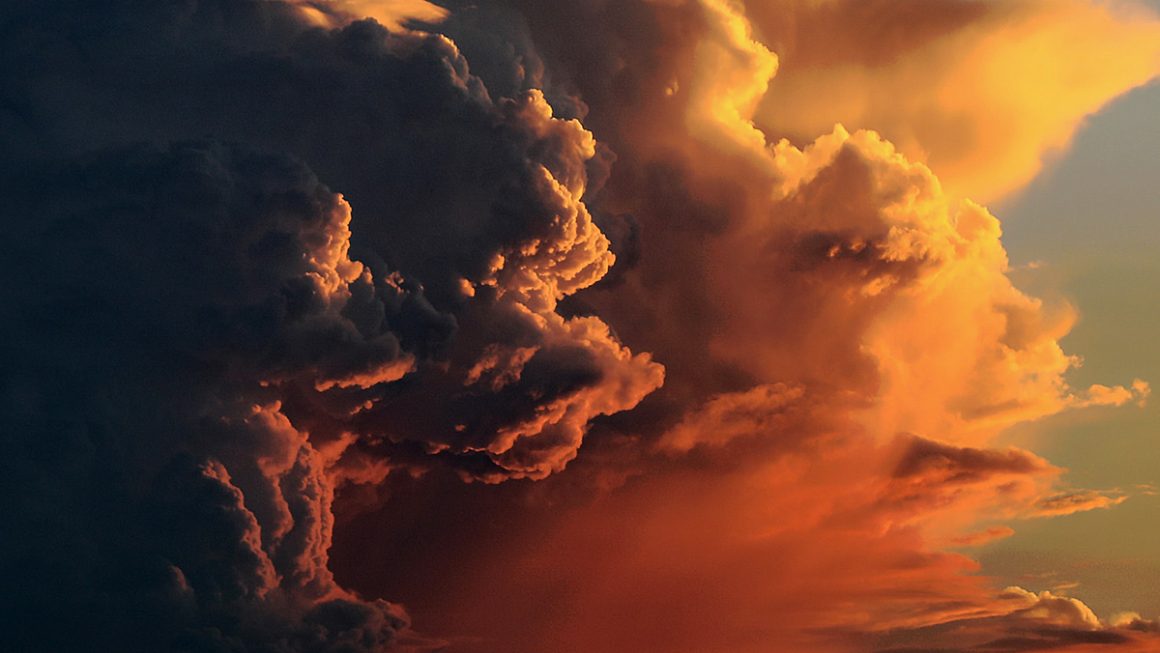Asteroskopeio, in its voyage to unveil the cosmic wonders of the four Great Observatories launched by NASA between the years 1990 and 2003, has now successfully brought to light the marvelous story of imagery and analysis of the space telescopes while delving into their scientific arts. With the aim of exploring the reigning everlasting triumphs of science undertaken by these observatories namely; Chandra X-ray Observatory (CXO), Compton Gamma Ray Observatory (CGRO), Spitzer Space Telescope (SST), and the Hubble Space Telescope (HST), this voyage has widely spotlighted into the scientific goals of their extended missions on duty for decades as discovery platforms. Here’s to take you on the Asteroskopeio tour that opens the windows of our infinite universe in order to peer into the invisible.

The amazement of X-ray Universe Captured: The Chandra
The third member of the Great Observatories family; the Chandra X-Ray Observatory (CXO), is aimed at observing objects such as black holes, quasars, and high-temperature gases throughout the x-ray portion of the EM spectrum. It is made up of the largest, the smoothest, and the most precisely shaped and aligned mirrors ever constructed, to detect and image the X-ray sources that are billions of light-years away. Chandra’s improved sensitivity is making it possible to conduct more detailed studies of black holes, supernovas, and dark matter while providing wondrous potentialities for sub-arcsecond imaging, spectrometric imaging, and high-resolution dispersive spectroscopy.
Furthermore, in its service, the observatory has glimpsed the universe in action across multiple ways by watching colliding galaxies, black holes with cosmic hurricane winds, and a supernova turning itself inside out after an explosion. Thus, Chandra’s X-ray radiation of studying the universe has allowed scientists all over the world to obtain images of exotic environments to help understand the structure, origin, and evolution of the universe.
High-Energy Universe across Gamma Rays: The Compton
The Compton Gamma Ray Observatory (CGRO) is the second of NASA’s Great Observatories, designed to collect data on some of the most violent physical processes in the universe characterized by their extremely high energies. It is considered the heaviest astrophysical payload that had ever flown at the time of its launch aboard the space shuttle Atlantis. Compton includes four instruments that covered an unprecedented six decades of the electromagnetic spectrum in order to increase spectral energy coverage and sensitivity.
Through these instruments, supermassive black holes in active galaxies were observed and the gamma-ray bursts were seen to be scattered evenly throughout the sky. Besides, as an astronomical satellite that transformed our knowledge of the high-energy sky, over its nine-year lifetime, Compton produced the first-ever all-sky survey in gamma rays, the most energetic and penetrating form of light, and discovered hundreds of new sources uncovering a universe that is unexpectedly dynamic and diverse.
Hidden Mysteries Detected by Infrared: The Spitzer
The Spitzer Space Telescope (SST) represents the fourth and final element of the Great Observatories concept and it fills in an important gap in wavelength coverage not available from the ground; the thermal infrared. Spitzer obtains images and spectra by detecting the infrared energy or heat, radiated by objects in space with most of this infrared radiation blocked by the Earth’s atmosphere. Its highly sensitive instruments give a unique view of the universe by providing the opportunity to investigate the regions of space that are hidden from optical telescopes.
This observatory also explores the regions of star formation, the centers of galaxies, newly forming planetary systems, and the cooler objects in space, etc., which are too dim to be detected by their visible light. According to NASA’s statement, Spitzer’s science activity has also helped to deepen the scientists’ understanding of how galaxies evolve over time.
Astronomy through Visible Light: The Hubble
The Hubble Space Telescope (HST) is the first element of the Great Observatories program, and undoubtedly, the largest and the most versatile one, renowned both as a vital research tool and as a public relations boon for astronomy. Hubble telescope was deployed by a NASA Space Shuttle in 1990 and remains in operation, observing the universe at ultraviolet, visual, and near-infrared wavelengths.
Moreover, crediting with thousands of images and the subjects of research papers, the HST has expanded our understanding of star birth, star death, and galaxy evolution, and has helped move black holes from scientific theory to fact. Along with this dazzling array of pictures, it has also collected dozens of terabytes of data to provide insight into the universe, from objects near the moon to the most remote galaxies, with incredible photos of supernovas and nebulas in between. Even today, HST is helping astronomers answer a wide range of intriguing questions about the origin and evolution of the universe.
Probing into a mixture of science, history, and a myriad of astonishing photography and spectrographs, Asteroskopeio has reflected on the marvelous success of a quartet of space telescopes; in its starry voyage crossing over to a pioneer set of cosmic objects. The tale of the four Great Observatories; Hubble, Compton, Chandra, and Spitzer, is therefore a stunning revelation of the powerful, flexible and long-lived facilities that enabled examination of the space in terms of panchromatic synergy and near-simultaneity, acting as force multipliers for ground-based facilities around the world.
References
01. Dooling, D. (2018, June 19). Great Observatories. Encyclopedia Britannica. https://www.britannica.com/topic/Great-Observatories
02. NASA’s Great Observatories (n. d.). National Aeronautics and Space Administration (NASA). https://www.nasa.gov/audience/forstudents/postsecondary/features/F_NASA_Great_Observatories_PS.html
Image Courtesies
01. Featured Image: https://bit.ly/3C5gHQS
02. Image 01: https://go.nasa.gov/2VDAs2I
03. Gallery Images: All image design credits go to SEDS UOC.












